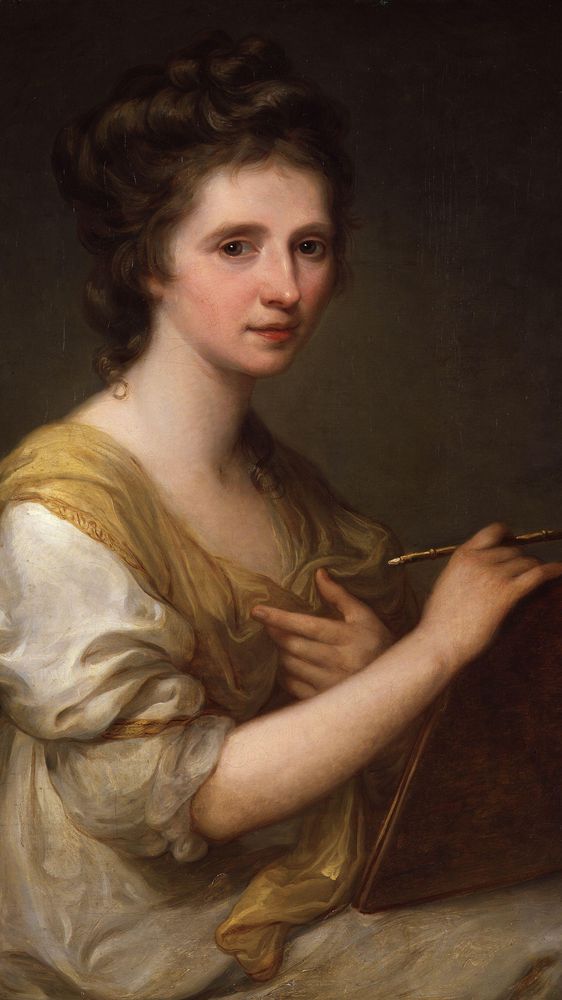5 Graphs That Make Sense of the Art Market Today
And defy expectations
Getting your finger on the pulse of the art market is difficult, impossible even: it’s not a pulse but a swarm of incomprehensible, incomplete, and incompatible data. Thankfully, each year there are two hallmark reports (among many others) that the art world uses to get a grip on itself. The first is The Art Market report put out by Art Basel and UBS (and compiled by Dr. Clare McAndrew), which came out in March. The second is the Hiscox Online Art Trade Report by Hiscox (an insurance provider), which came out in April; this report focuses on the online side of the market. Both reports are chock-full of fascinating insight into what’s going on, what has changed, and what we can expect to change. If you have a lot of time and interest, each is worth a browse. But for those who don’t (the two reports combine for over 450 pages), we’ve chosen five key graphs that help us understand the art market today.

1. Growth continues, at a slower pace
Depending on who you are (and your background in the market or economics), you might come to one of two conclusions from this graph. The first is the online market is growing. The second is the online market is not growing as fast as it once was. The first is not wrong, but neither is the second. Looking not just at gross growth but acceleration is helpful in predicting sales, which is crucial for those (such as Hiscox) who make a business out of understanding exactly where the market is going in the next 1, 5, or 10 years. The Hiscox report begins, “2018 was not a game-changing year and we wait to see where the consolidation and casualties will be in a market place that clearly remains overcrowded.” If not entirely grim, it does advise a slight tap of the breaks.

2. China, now a global player, has lost a few ticks
For the past decade or so, the art market has primarily lived in three countries: the United States, the United Kingdom, and China. In fact, those three make up 84% of sales by value. From the 1960s through 2000, the U.S. had claimed, for the most part, at least half of the market. The recent decline (44% in 2018) can mostly be attributed to the emergence of China. Though China has recently claimed the second spot, it fell again to third in 2018. According to McAndrew: “A contraction in supply of high-quality works and cautious buying, as trade and debt crises loomed, led to declining values in the dominant auction sector.”

3. Traditional mediums still rule
This graph is interesting because it defies intuition—specifically, in that traditional media isn’t losing ground to new media. What seemed like a trend five years ago has all but reverted, with nearly 90% of those surveyed claiming to have bought a painting and less than 20% having bought new media. The graph also reveals how diffuse buyers are; they dabble in all sorts of mediums. Prints and paintings are far and away the favorites, and drawings, photographs, and sculpture are each bought by about half of respondents.

4. Gender inequality persists (despite long-term change)
At face value, this graph is heartening; it shows great process over the past century, from virtually no representation of female artists in global exhibitions to a third. But once you zoom in a little, it’s apparent just how much work needs to be done and how little the needle has moved in recent years. In fact, in the past five, similar numbers—such as the gender breakdown of works sold by market value—have hardly budged. In part, this is because of the long trail of history; if men dominated art history, retrospectives and auctions will reflect that trend. But it’s also systematic—while gender parity is now consistently part of the conversation, it has a hard time infiltrating such a traditional industry.

5. Buyers are not as crusty as you might expect
Okay, this last one is really three graphs in one, but together they help paint a picture of the art buyer—or rather, they destroy our existing one. The average art buyer is not an inveterate collector with inexhaustible funds—that is just one category. This data shows that many buyers are young (39% are under 35), haven’t been collecting for long (12% for less than a year, and 45% for less than five years), and aren’t breaking the bank (24% spend less than £1,000). This should not only change a lot of assumptions we have about who is buying art but also what systems are in place to serve buyers, whatever their tastes (and means).


